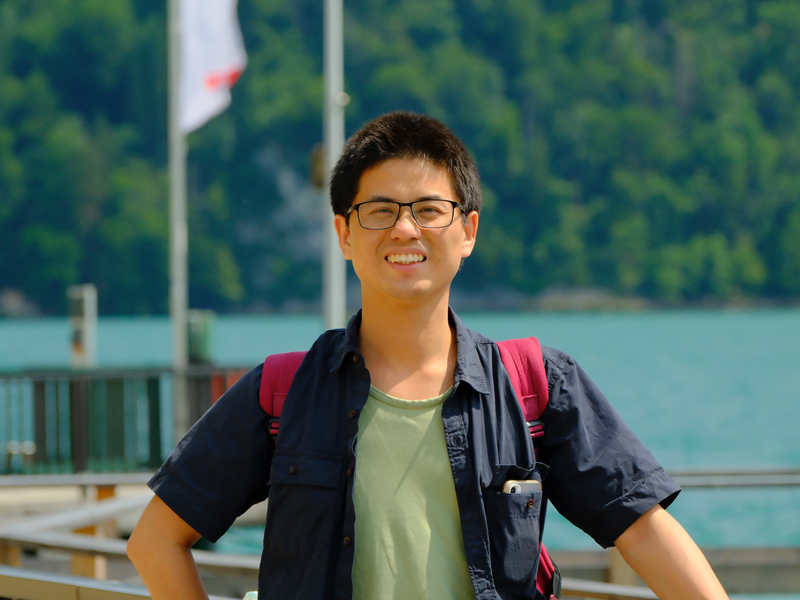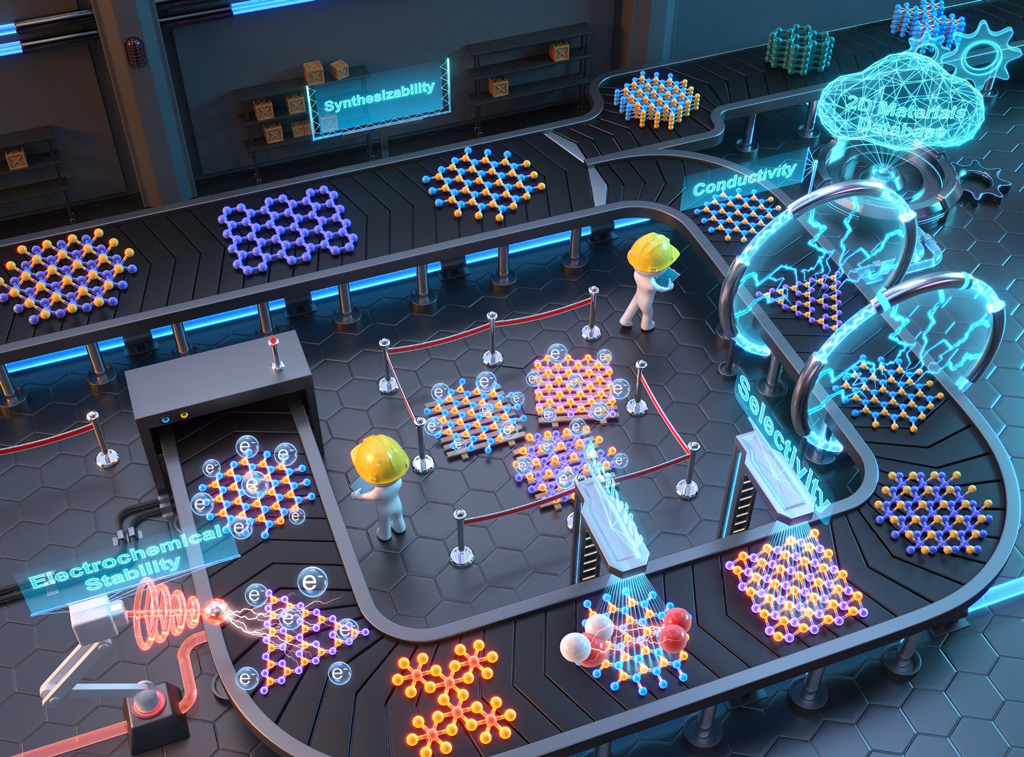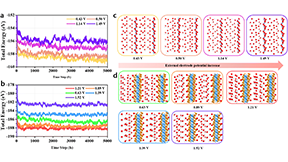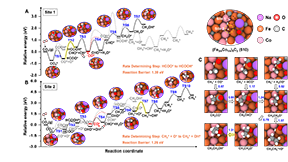Just another WordPress site - Ruhr-Universität Bochum
Department Artificial Intelligence for Integrated Material Science
Research Group
Research Group
Intelligent Materials and Computational Catalysis

Research
Our goal is to understand and control the electronic structure, interfacial stability, and catalytic mechanisms of advanced materials under realistic electrochemical and photochemical conditions. Key research areas include:
- Electrocatalyst and photocatalyst design: Development of descriptors, stability models, and multi-center design principles for next-generation high-performance catalysts.
- Material-integrated field-effect catalysis: Exploiting intrinsic physical properties of materials to emulate the influence of external fields and enable dynamic pathway control.
- High-throughput and data-driven discovery: Building open-access databases and predictive models to accelerate the exploration of complex material systems.
- Reaction network exploration: Creating automated tools to map reaction networks, identify mechanisms, and optimize selectivity toward targeted products, with emphasis on C–C coupling and organic catalytic transformations.

Schematic illustration of intelligent digital platform for catalysts discovery.
ICAMS, RUB
The ultimate aim is to establish intelligent digital platforms for materials discovery, advancing both fundamental understanding and practical applications for carbon-neutral technologies and green molecular manufacturing.
Competences
- High-throughput density functional theory calculations
- Phase diagram and surface structure analysis
- Adaptive strategies for catalyst design
- Statistical analysis and machine learning for materials prediction


